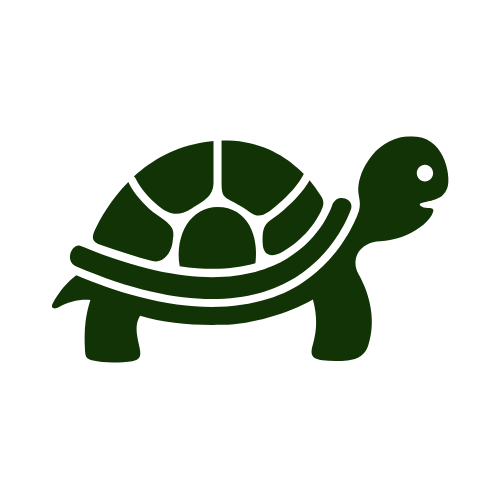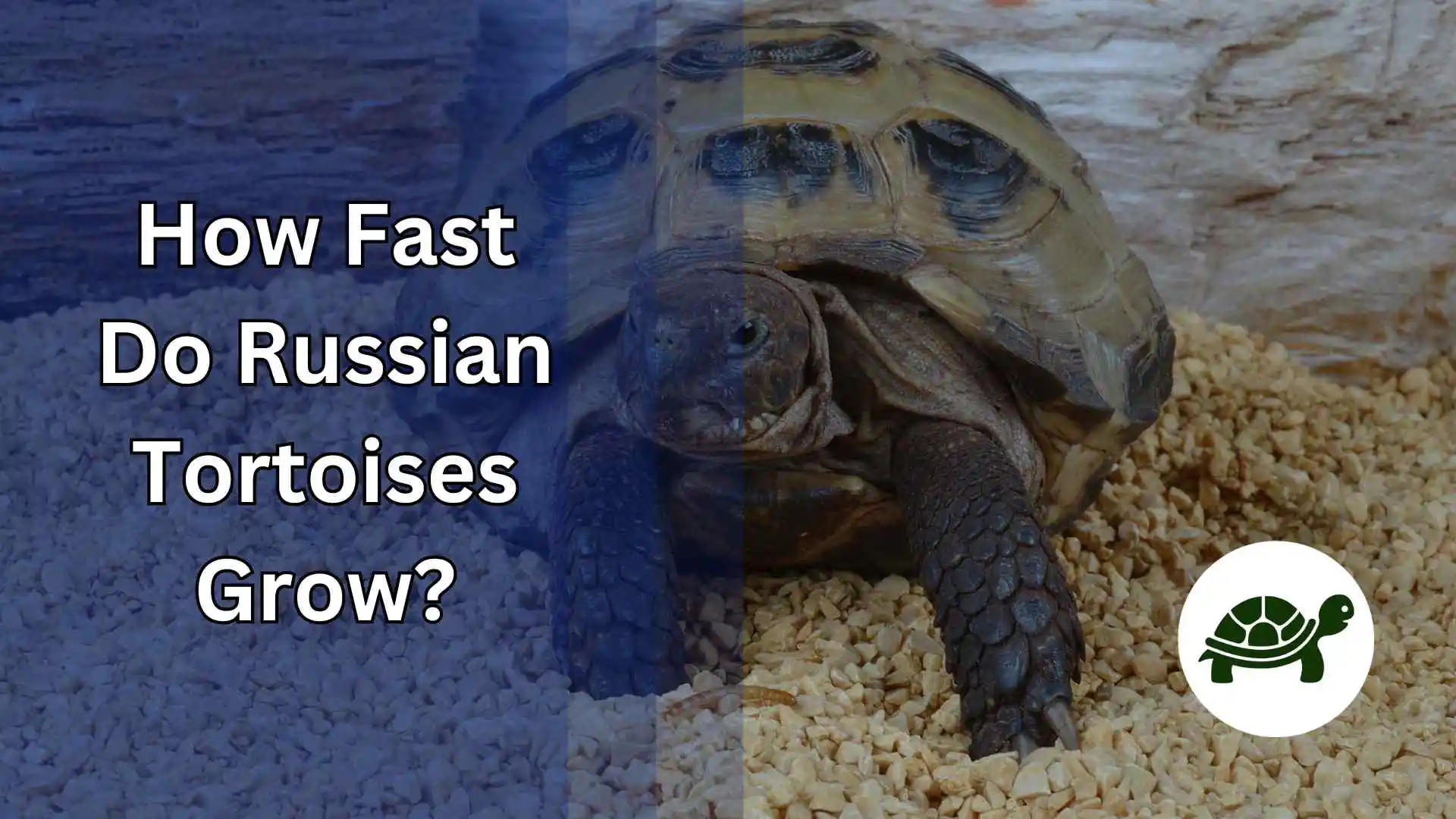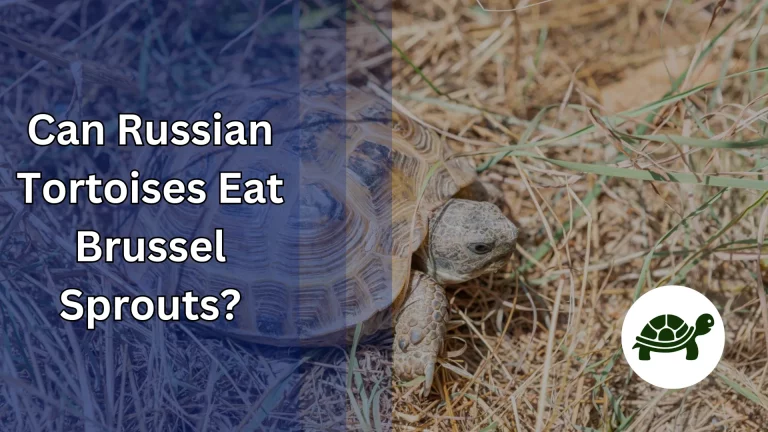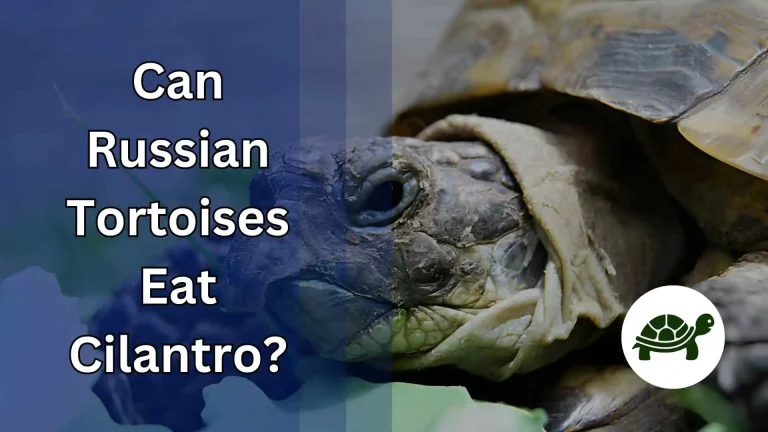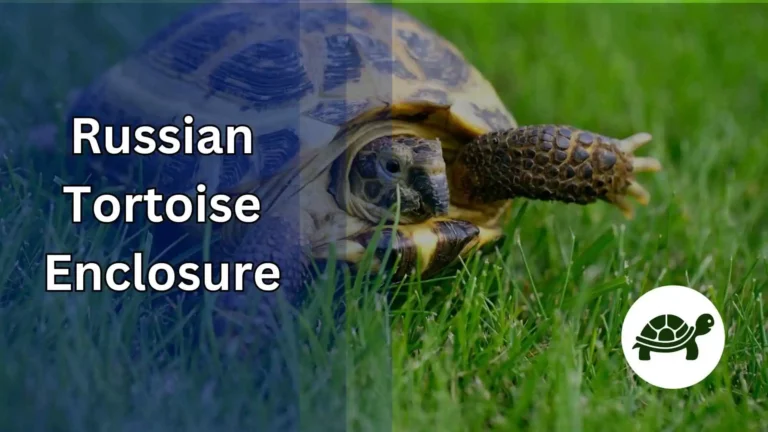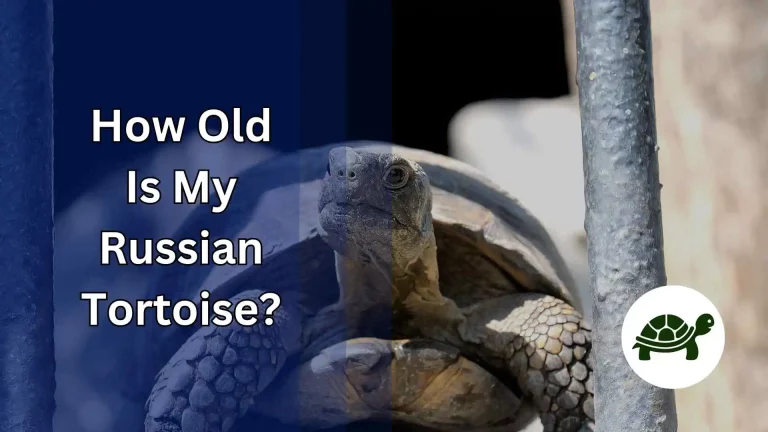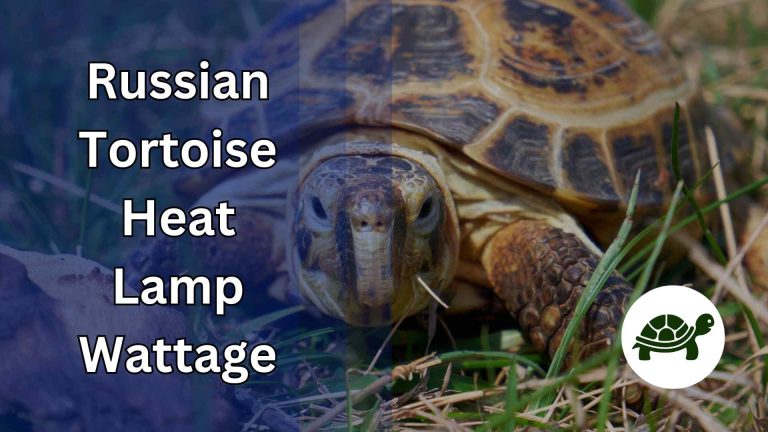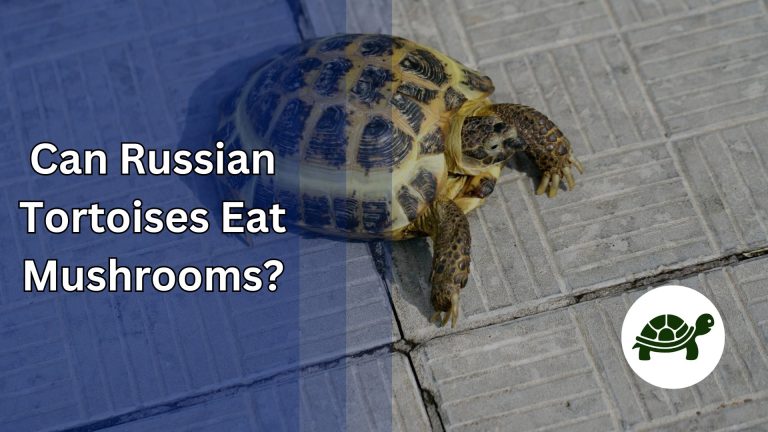How Fast Do Russian Tortoises Grow? – An Ultimate Guide
Russian Tortoises are small, hardy creatures known for their distinctive, rounded shells and friendly demeanor making them a popular choice among pet enthusiasts worldwide. Originating from the rocky steppes of Central Asia, these tortoises have a fascinating growth journey that mirrors their unique survival instincts honed over millennia. The growth rate of Russian Tortoises is not only a captivating aspect of their existence but also a crucial knowledge area for prospective and current tortoise guardians.
Understanding the growth rate of Russian Tortoises is instrumental in providing them with the appropriate care they need to thrive. A well-monitored growth can be indicative of a healthy tortoise while any deviations could signal potential health or habitat issues. With a life span that can extend over 40 years, ensuring a healthy growth rate from the early stages can contribute to a long, fulfilling life for your shelled companion. This makes delving into the nuances of their growth rate, from hatchling to adulthood, an endeavor worth the effort for every responsible tortoise owner.
In this comprehensive guide, we will unravel the mystery surrounding the growth rate of Russian Tortoises. By delving into factors such as nutrition, environment, and healthcare, we’ll provide a well-rounded understanding, aiding you in ensuring a healthy and happy life for your tortoise. Alongside, we’ll also touch upon how you can effectively measure and monitor the growth of your Russian Tortoise, and address common concerns related to their growth.
So, whether you are a new tortoise parent or a seasoned guardian, this guide aims to equip you with the knowledge you need to foster a nurturing environment for your Russian Tortoise to flourish.
Factors Influencing Russian Tortoise Growth
The growth trajectory of Russian Tortoises is intertwined with a medley of factors that come into play right from the time they are hatchlings. Delving into these factors gives us a well-rounded understanding of what contributes to a healthy growth rate in these shelled companions. Here’s a closer look at some of the pivotal factors influencing the growth of Russian Tortoises:
Nutrition
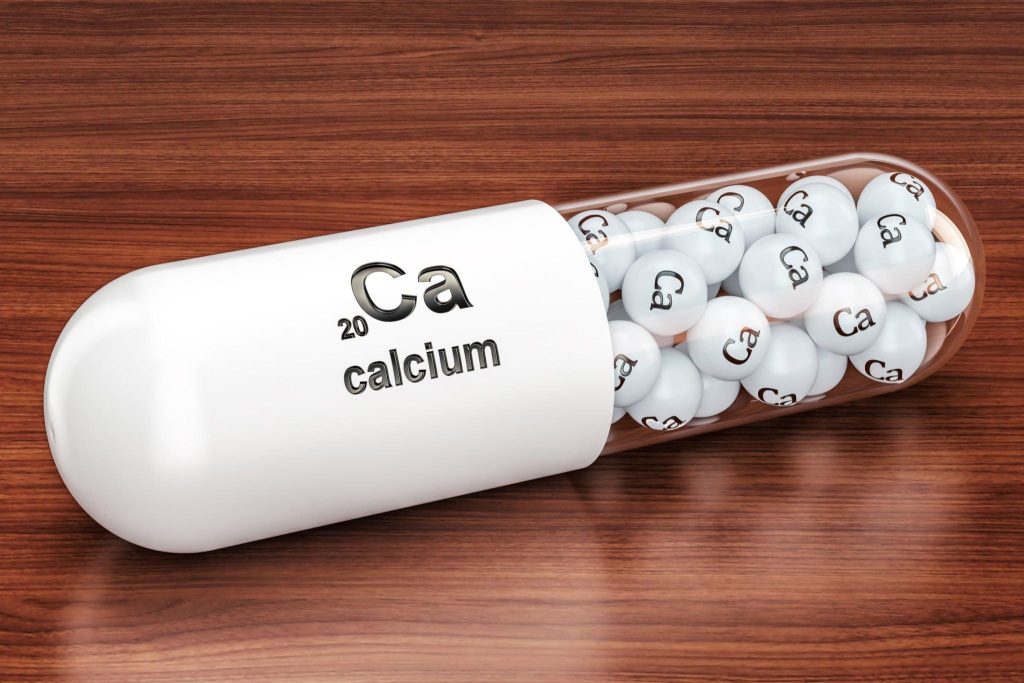
A well-balanced diet is the cornerstone of healthy growth for Russian Tortoises. A diet rich in leafy greens, with a mix of vegetables and occasional fruits, helps in providing the necessary nutrients and vitamins. Additionally, calcium supplements are vital for shell development and overall skeletal health. The more nutritious the diet, the more likely your Russian Tortoise is to grow at a healthy pace.
Environment
Russian Tortoises are native to arid and semi-arid regions, and replicating a similar environment in captivity can significantly impact their growth. Ensuring appropriate temperatures, adequate UVB lighting, and a well-ventilated habitat that mimics their natural dwelling promotes healthier growth and development. Moreover, the provision of a spacious enclosure allows for ample movement, which is crucial for their physical well-being.
Genetics
The genetic makeup of your Russian Tortoise plays a definitive role in determining its growth potential. Although you may not have control over the genetics, acquiring your tortoise from a reputable breeder can assure a healthy genetic lineage which, in turn, influences a steady growth rate.
Health
Like any other pet, the health of a Russian Tortoise is a strong determinant of its growth. Regular veterinary check-ups, timely vaccinations, and prompt treatment of ailments ensure that your tortoise stays in the pink of health, allowing for uninterrupted growth.
The intricate dance between these factors outlines the growth narrative of Russian Tortoises, rendering a clear picture of their growth dynamics. By gaining insights into these aspects, you’re not just a step closer to ensuring a healthy growth rate for your tortoise, but you’re also forging a path towards creating a conducive environment for them to thrive in.
Typical Growth Rate of Russian Tortoises
The growth rate of Russian Tortoises is a captivating journey that showcases their transition from delicate hatchlings to robust adults. It’s a gradual process, significantly influenced by the quality of care they receive. Let’s delve into the typical growth trajectory of these charming creatures:
Hatchling to Juvenile
Once out of the shell, Russian Tortoise hatchlings are a mere 1 to 1.3 inches in size. Over the ensuing year, with proper care and nutrition, they experience a steady growth spurt, reaching a size of around 3 to 4 inches.
Juvenile to Young Adult
As they transition into their juvenile phase, the growth rate of Russian Tortoises steadies a bit, but a consistent increase in size is noticeable. By the age of 5, a well-cared-for Russian Tortoise can measure anywhere between 5 to 8 inches, signaling their entry into young adulthood.
Adult Phase
Reaching adulthood, the growth rate slows considerably. An adult Russian Tortoise typically measures between 8 to 10 inches in size. This phase is where they exhibit a sturdy, fully-formed shell and a well-developed physique.
Comparison with Other Tortoises
When compared to some other tortoise species, Russian Tortoises have a relatively moderate growth rate. Unlike the more rapidly growing Sulcata Tortoises or the slower growth pace of Egyptian Tortoises, Russian Tortoises strike a middle ground, making them a manageable choice for those keen on tortoise-keeping.
Understanding the typical growth rate of Russian Tortoises not only fulfills curiosity but also serves as a crucial tool for monitoring the health and well-being of these delightful creatures. Being armed with this knowledge enables pet owners to anticipate and cater to the changing needs of their shelled companions as they transition through different life stages.
Measuring Your Russian Tortoise’s Growth
Keeping tabs on the growth of your Russian Tortoise can be both a rewarding and insightful endeavor. It not only fosters a deeper bond between you and your shelled companion but also serves as a proactive measure in monitoring their health. Here’s how you can go about measuring and monitoring the growth of your Russian Tortoise:
Tools and Techniques
Employing the right tools is crucial for accurate measurement. A soft measuring tape or a caliper can be used to measure the shell length, width, and height of your tortoise. It’s advisable to get measurements from the same points each time to ensure consistency.
Frequency of Measurement
While it’s fascinating to witness the growth, it’s recommended to measure your Russian Tortoise’s dimensions once a month. This frequency strikes a balance, providing a clear picture of growth trends without causing undue stress to your tortoise.
Recording and Analysis
Maintain a growth chart or a digital log to record the measurements. Over time, this data will paint a clear picture of your tortoise’s growth trend. It’s particularly useful to have this data on hand when consulting with a veterinarian.
Identifying Concerns
Any sudden halt in growth, or an abnormal increase, could be indicative of underlying issues. It might be related to nutritional deficiencies, health issues, or environmental factors. Regular measurement can help identify such concerns early on.
Consulting with a Veterinarian
If you notice any irregularities in the growth pattern, or if your tortoise appears unwell, consulting with a vet specializing in reptiles is essential. They can provide expert advice and interventions to ensure your Russian Tortoise gets back on a healthy growth track.
By taking the time to measure your Russian Tortoise’s growth, you’re not merely indulging in a curiosity-driven exercise, but you’re engaging in a practice that promotes the well-being and longevity of your pet. With every measurement, you’re stepping closer to understanding the unique growth journey of Russian Tortoises, further enhancing the care and love you provide to your shelled companion.
Promoting Healthy Growth
Ensuring a path of healthy growth for your Russian Tortoise goes beyond merely measuring their size over time. It encapsulates a holistic approach that comprises a nutritious diet, an enriching environment, and regular health check-ups. Knowing what to feed your Russian Tortoise is really important. Here’s how you can foster a conducive growth environment for your Russian Tortoise:
Proper Diet
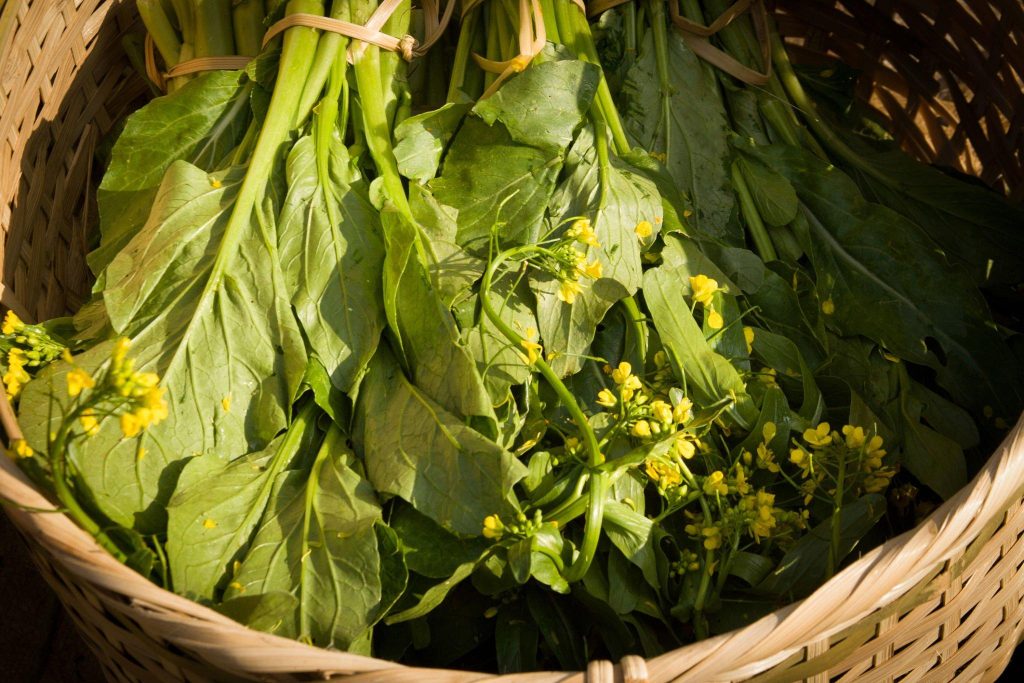
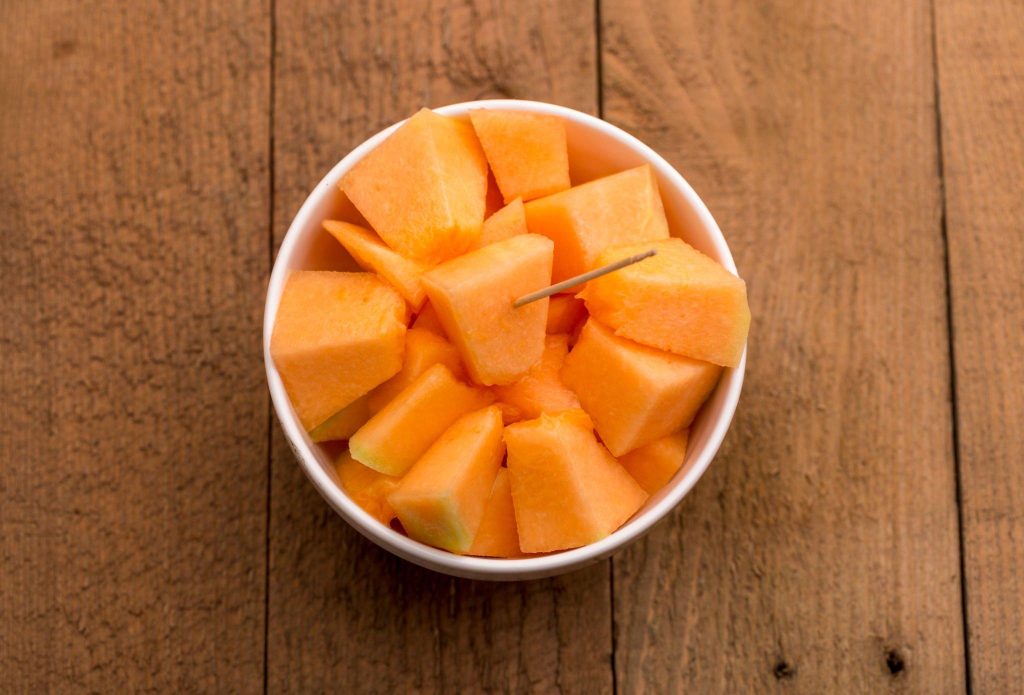
- Leafy Greens: A significant part of your Russian Tortoise’s diet should consist of a variety of leafy greens such as dandelion greens, kale, collard greens, and mustard greens. These provide essential vitamins and minerals that contribute to healthy growth.
- Vegetables: Vegetables like carrots, bell peppers, and zucchini are nutritious additions to their diet, offering a mix of vitamins and fiber.
- Fruits: While fruits should be given sparingly, a small amount of apples, berries, or melons can be a delightful treat.
- Calcium Supplements: Calcium is crucial for shell and bone development. Supplements or a cuttlebone can be provided to ensure they receive adequate calcium.
- Commercial Tortoise Food: High-quality commercial tortoise food can be a supplemental part of their diet, ensuring they receive a balanced nutrient intake.
Creating an Ideal Environment
- Temperature and Lighting: Maintaining a temperature range between 75 to 85 degrees Fahrenheit during the day and slightly cooler at night, along with providing UVB lighting, emulates their natural habitat, promoting healthy growth.
- Enclosure: A spacious, well-ventilated enclosure with a mix of substrate for burrowing and flat surfaces for basking helps in mimicking their natural environment, which in turn contributes to their overall growth and well-being.
- Hydration: Ensure fresh water is always available, and consider a shallow soaking bath for your tortoise a few times a week to keep them hydrated and help with shell growth.
Regular Vet Check-ups
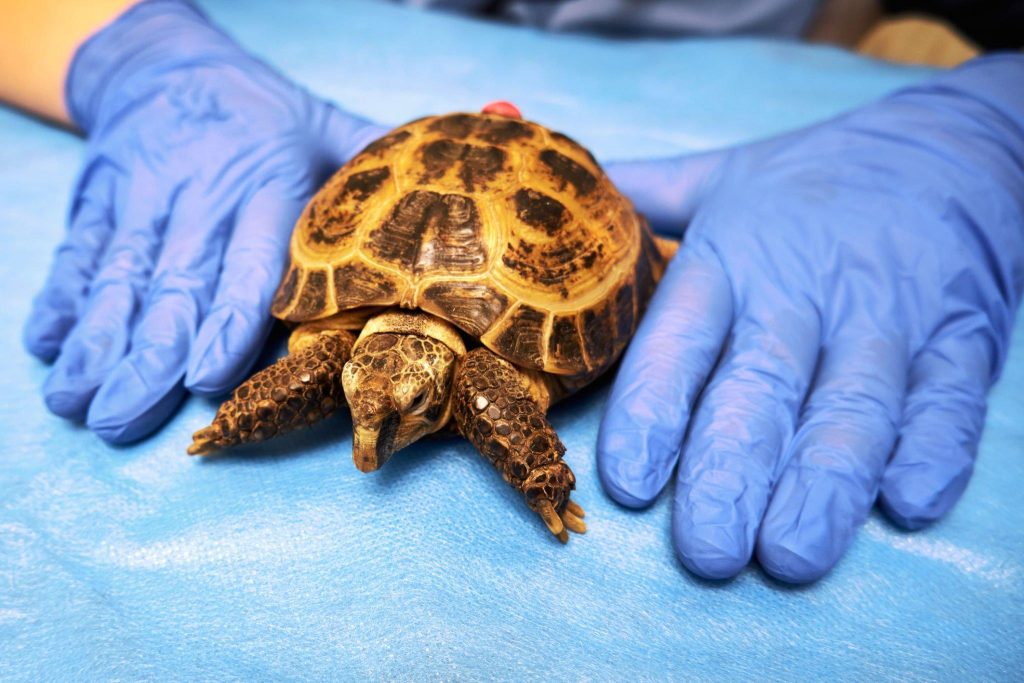
Consistent veterinary check-ups can help in early detection of any potential health issues. A vet can also provide valuable advice on further promoting healthy growth, ensuring your Russian Tortoise stays in the best possible health as they grow.
Promoting a healthy growth trajectory for your Russian Tortoise is a rewarding endeavor that enhances the bond you share. By embracing a holistic approach, you create a nurturing environment that allows your Russian Tortoise to grow and thrive, ensuring a long, happy, and healthy life together.
Common Concerns Regarding Growth
Navigating the growth journey of your Russian Tortoise may sometimes come with concerns and queries. It’s essential to be vigilant and well-informed to address these concerns timely. Here are some common worries and their resolutions regarding the growth of Russian Tortoises:
Stunted Growth
Stunted growth is a prevalent concern among Russian Tortoise owners. This could be due to inadequate nutrition, improper environment, or underlying health issues. Ensuring a balanced diet, proper temperature, and UVB lighting, along with regular vet check-ups, can mitigate the risks of stunted growth.
Overgrowth
While it’s less common, overgrowth can occur, often a result of overfeeding, especially diets high in protein. Adhering to a vegetation-based diet with low protein content and ensuring regular exercise can help maintain a healthy growth rate.
Pyramiding
Pyramiding refers to the abnormal upward growth of the scutes on a tortoise’s shell, usually due to inadequate humidity or poor diet. Maintaining a proper humidity level and providing a well-balanced diet rich in calcium and low in protein can help prevent pyramiding.
Shell Softening
A soft shell can be a sign of Metabolic Bone Disease, often due to insufficient calcium or lack of UVB exposure. Ensuring a calcium-rich diet and proper lighting can go a long way in promoting healthy shell growth.
Parasitic Infections
Parasitic infections can hamper growth and overall health. Regular fecal exams by a vet can help in early detection and treatment of parasitic infections.
Respiratory Infections
Respiratory infections can be detrimental to the growth and well-being of your Russian Tortoise. Maintaining a clean, well-ventilated habitat and seeking prompt veterinary care at the first sign of respiratory distress can help in preventing complications.
Addressing growth concerns requires a blend of proper care, timely medical intervention, and a conducive environment. Equipping oneself with the right knowledge and maintaining an observant eye can help in fostering a healthy growth trajectory for your Russian Tortoise, ensuring they lead a long, hearty, and happy life.
Frequently Asked Questions (FAQs)
1. How quickly do Russian Tortoises grow?
The growth rate of Russian Tortoises is moderate, with most of the growth occurring during the initial years of their life. They can grow from 1 to 1.3 inches as hatchlings to around 8 to 10 inches as adults, over a span of 5 to 10 years, depending on the care and nutrition they receive.
2. What can I feed my Russian Tortoise to promote healthy growth?
Feeding a balanced diet rich in leafy greens like dandelion greens, kale, and collard greens, supplemented with vegetables and a small amount of fruits can promote healthy growth. Additionally, providing a calcium supplement or a cuttlebone will ensure healthy shell and bone development.
3. How can I measure the growth of my Russian Tortoise accurately?
Utilizing a soft measuring tape or a caliper to measure the shell length, width, and height of your tortoise monthly, and maintaining a log of these measurements can provide an accurate insight into your tortoise’s growth pattern over time.
4. What should I do if my Russian Tortoise’s growth seems stunted?
If you suspect stunted growth, consulting a vet specializing in reptiles is crucial. They can provide an accurate diagnosis and suggest adjustments in diet, habitat, or medical interventions to promote healthy growth.
5. Can a Russian Tortoise outgrow its enclosure?
A well-spaced enclosure is essential for the well-being of your Russian Tortoise. As they grow, they may require a larger enclosure to ensure they have ample space to move, explore, and exercise, which in turn supports their overall growth and health.an Tortoise, ensuring they lead a long, hearty, and happy life.
Conclusion
The journey of growth for Russian Tortoises is a fascinating tale unfolding over several years, vividly reflecting the care and environment provided to them. Understanding the dynamics of their growth, factors influencing it, and the typical growth rate can significantly contribute to nurturing a healthy and vibrant Russian Tortoise.
Your endeavor to measure their growth, provide a nutritious diet, and create a conducive environment does not just result in physical growth, but cultivates a bond that enriches both your and your shelled companion’s life.
Being equipped with the knowledge about common concerns regarding growth and how to address them empowers you to act promptly should issues arise. Regular vet check-ups, a well-maintained habitat, and a keen eye on their growth trajectory will ensure your Russian Tortoise thrives, bringing joy and companionship into your life for years to come.
Your proactive approach in promoting healthy growth will pave the path for a long, fulfilling life for your Russian Tortoise, making the journey rewarding and educational.
